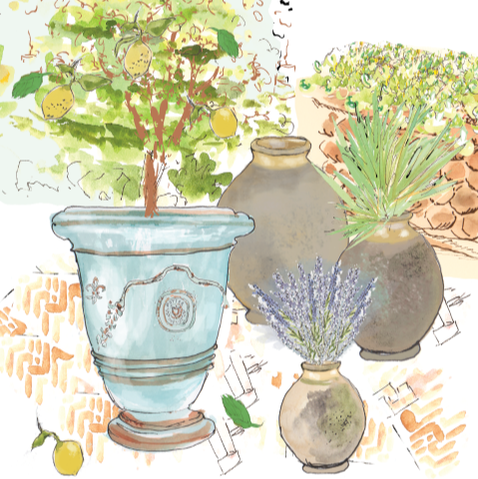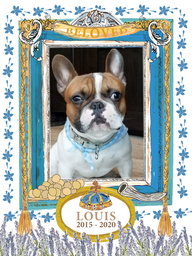|
Since the 14th century, households all across France have been celebrating the Epiphany and the arrival of the Three Kings in Bethlehem with a galette des rois or kings' cake. Available in every boulangerie, pâtisserie, and super marché during the month of January, galettes des rois are created by artisan bakers and pastry chefs using centuries old techniques. They are traditionally served on January 6th, the date set as the Fête des Rois or Three Kings' Day in 1801 when Napoleon and Pope Pius VII signed the French Concordat, re-establishing the Catholic Church in France. La Fête des Rois These tasty kings' cakes come in various styles, shapes, and sizes. In Northern France they are typically made of pâte feuilleté (puff pastry), filled with frangipane or almond cream, and topped with a gold paper crown. In Provence, they are a brioche-style cake known as a gateau des rois, and are usually baked in the shape of a crown, flavored with orange water, and covered with candied fruits and sugar. Galette des Rois The essential ingredient in every cake, however, is the same — le fève. Originally a fava bean, the fève is now a tiny porcelain charm or trinket hidden inside the cake that represents the king or the queen. These collectible figurines are highly sought after by the "fabophiles" who collect them, and actually help increase sales of kings' cakes. Fèves created by popular Paris bakeries are especially collectible. Vintage Collection of Fèves from Paul, France Tradition calls for there to be as many slices of cake as there are guests, plus one, in case an unexpected visitor or poor person should knock on the door or stop by. Having the extra slice set aside ensures that everyone has the opportunity to "draw the king" from the cake. During the slicing of the cake, the youngest child at the celebration hides under the table to call out the name of each person when it's his or her turn to get a slice — in case the person passing out slices may be inclined to cheat! The person who discovers the fève in their slice is then crowned king or queen with the paper crown that comes with the cake, and is guaranteed good luck for the next 12 months. He or she is also responsible for buying the next year’s cake. Jean-Baptiste Greuze painting titled Epiphany (1774) depicts a peasant family celebrating with a galette des roi Even the President takes part in the celebration. Every year a French baker is chosen to make a huge galette des rois for Elysée Palace that will serve around 150 people. There is also a huge difference in this cake. Under orders from the palace, it's the only cake in all of France that must NOT have a fève inside. Remember, in the French Republic, the king no longer has a place on the throne — or in a cake! À Bientôt!
2 Comments
Leave a Reply. |
Mimi Montgomery
When this self-described Francophile is not reading or writing about all things French, she's dreaming up charming new ways to showcase Lolo French Antiques et More or traveling to France with Lolo to buy delightful treasures for their store. Mimi, Lolo, and their new French Bulldog, Duke, live in Birmingham, AL. Archives
May 2024
Categories
All
SHOP ALL |
~ NEW SHIPMENT HAS ARRIVED!! ~
- HOME
-
SHOP ALL
-
NEW SHIPMENT
-
EXPLORE
-
ALLEZ ALLEZ
>
- DELIGHTFUL DO'S The 2024 New Year List
- DELIGHTFUL DO'S The 2023 Fall List
- DELIGHTFUL DO'S The 2023 Summer List
- DELIGHTFUL DO'S The 2023 Spring List
- DELIGHTFUL DO'S The 2022 Holiday List
- DELIGHTFUL DO'S The 2022 Fall List
- DELIGHTFUL DO'S The 2022 Summer List
- DELIGHTFUL DO'S The 2021 Fall List
- DELIGHTFUL DO'S The 2021 Summer List
- DELIGHTFUL DO'S The 2021 Spring List
- DELIGHTFUL DO'S The 2021 New Year's List
- DELIGHTFUL DO'S The 2020 Holiday List
- DELIGHTFUL DO'S The Spring List
- DELIGHTFUL DO'S The New Year's List
- DELIGHTFUL DO'S The Holiday List
- A TO Z GLOSSARY
- BLUEPRINT >
- FÊTES & FOLLIES >
- FRENCH TRADITIONS
- LOLO LOVES
- MEDIA MENTIONS
- TESTIMONIALS
- THREE FRENCH HOUNDS
- TIMELINE >
- TRAVEL >
-
ALLEZ ALLEZ
>
- ABOUT
- SALE
- BLOG
- 🔎 SEARCH
- HOME
-
SHOP ALL
-
NEW SHIPMENT
-
EXPLORE
-
ALLEZ ALLEZ
>
- DELIGHTFUL DO'S The 2024 New Year List
- DELIGHTFUL DO'S The 2023 Fall List
- DELIGHTFUL DO'S The 2023 Summer List
- DELIGHTFUL DO'S The 2023 Spring List
- DELIGHTFUL DO'S The 2022 Holiday List
- DELIGHTFUL DO'S The 2022 Fall List
- DELIGHTFUL DO'S The 2022 Summer List
- DELIGHTFUL DO'S The 2021 Fall List
- DELIGHTFUL DO'S The 2021 Summer List
- DELIGHTFUL DO'S The 2021 Spring List
- DELIGHTFUL DO'S The 2021 New Year's List
- DELIGHTFUL DO'S The 2020 Holiday List
- DELIGHTFUL DO'S The Spring List
- DELIGHTFUL DO'S The New Year's List
- DELIGHTFUL DO'S The Holiday List
- A TO Z GLOSSARY
- BLUEPRINT >
- FÊTES & FOLLIES >
- FRENCH TRADITIONS
- LOLO LOVES
- MEDIA MENTIONS
- TESTIMONIALS
- THREE FRENCH HOUNDS
- TIMELINE >
- TRAVEL >
-
ALLEZ ALLEZ
>
- ABOUT
- SALE
- BLOG
- 🔎 SEARCH


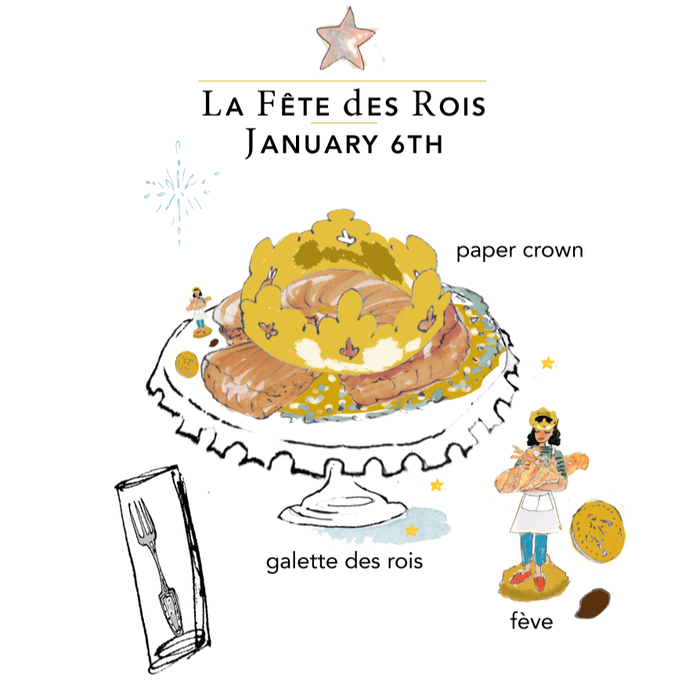
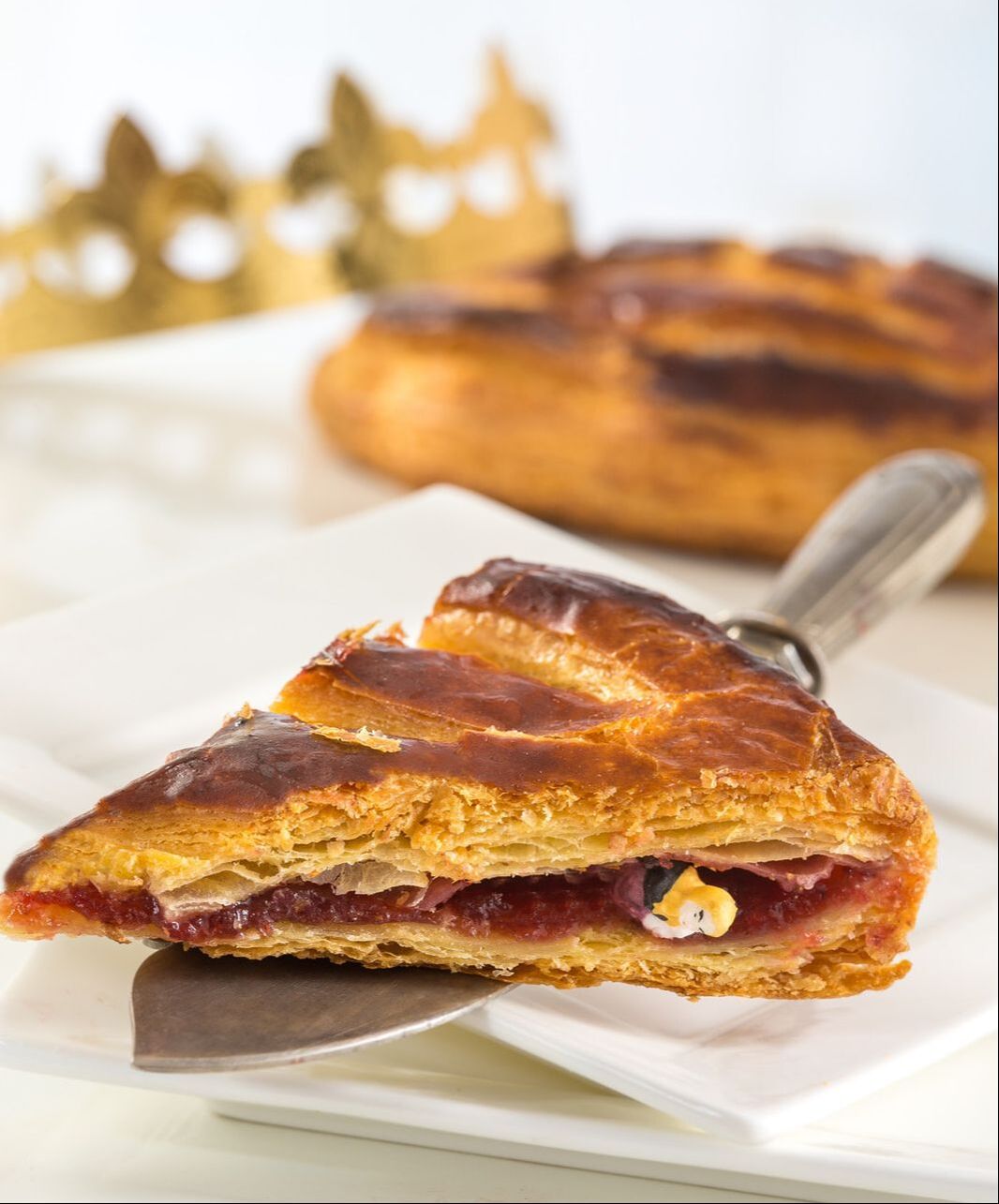
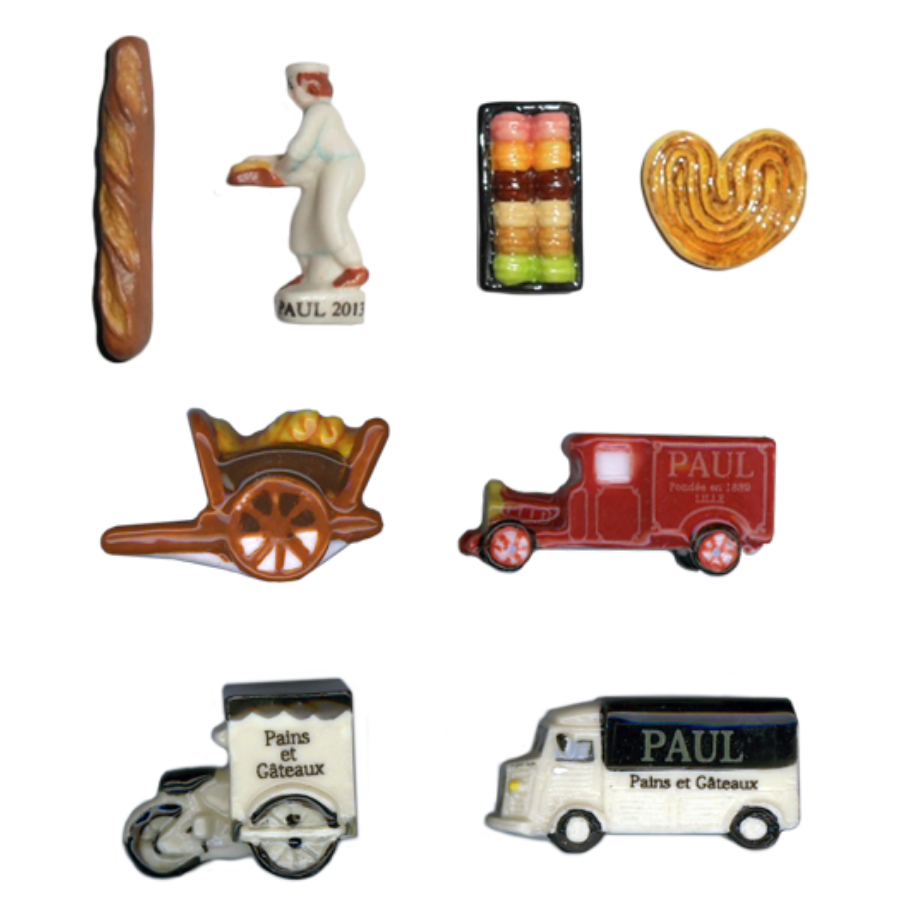
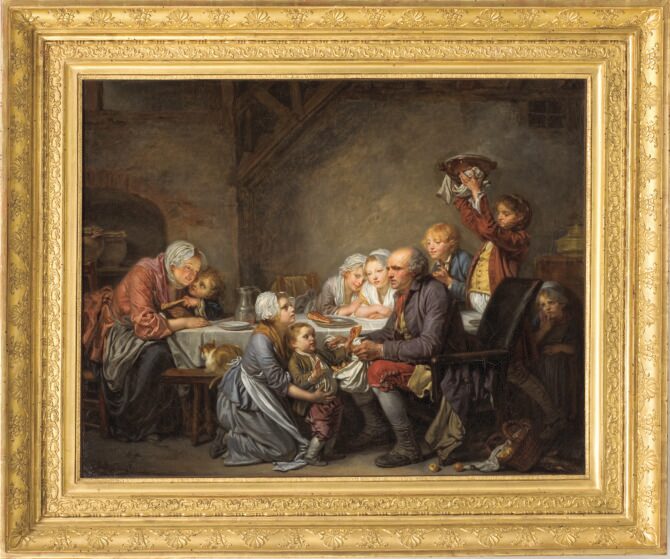
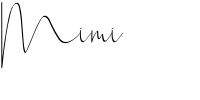
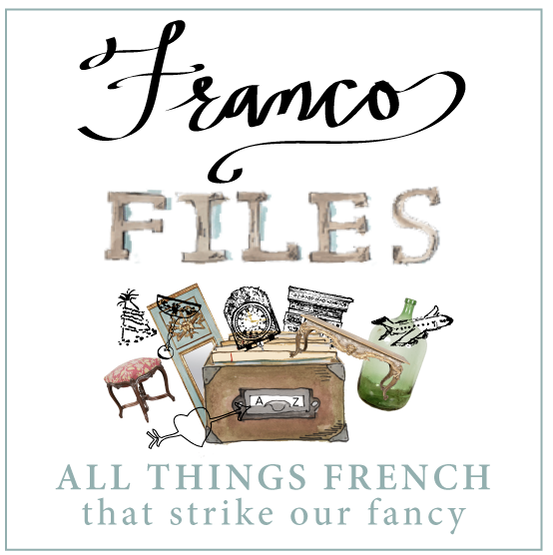

 RSS Feed
RSS Feed

